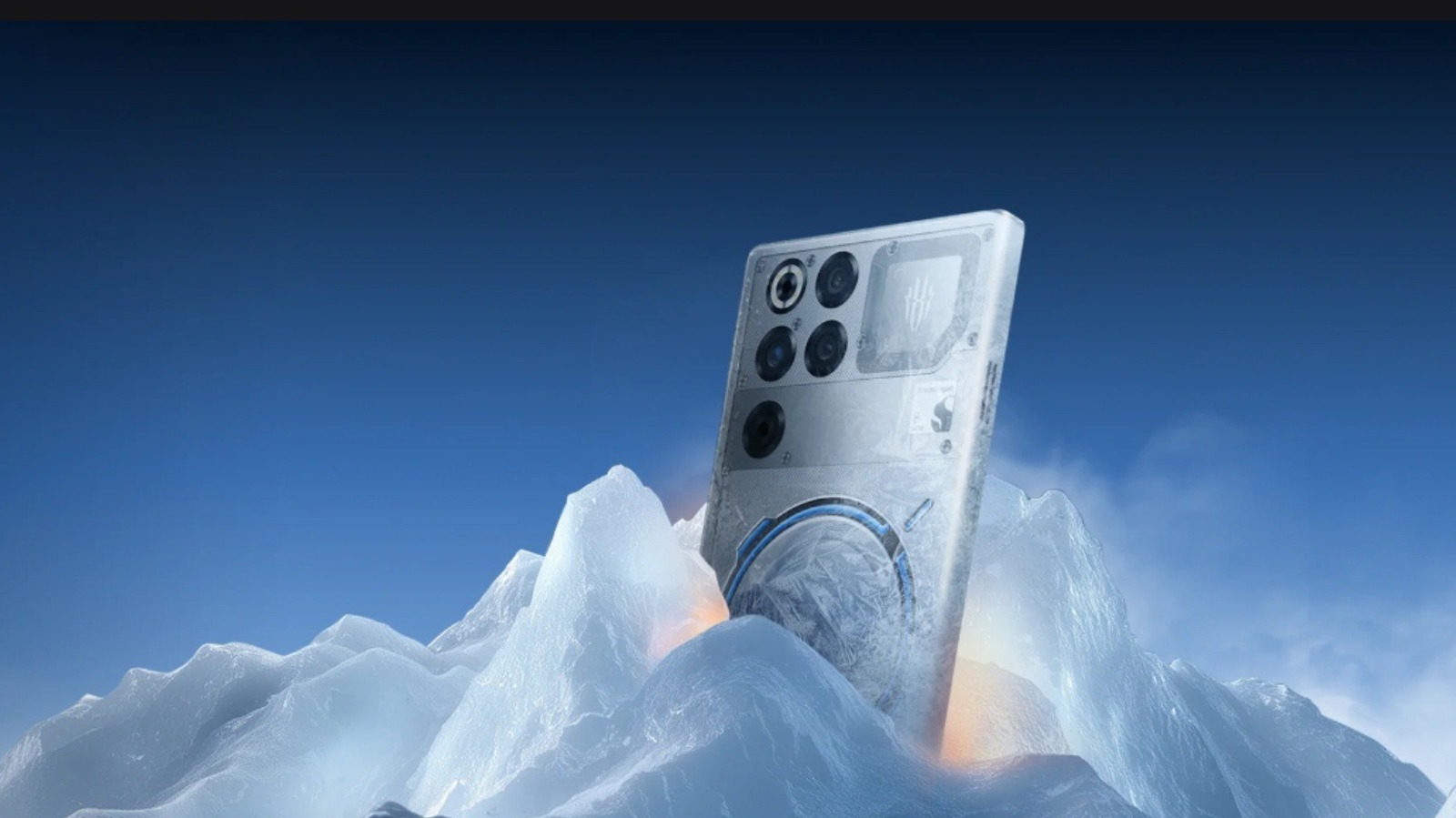I have been using Windows for over a decade, and there are plenty of apps I used during my childhood that have since been discontinued. Here are six such Windows apps I wish were still available today.
Microsoft Works
Microsoft Office is great, but it can be a bit intimidating for some users because of the number of features it offers. If you feel the same way, you would have probably loved Microsoft Works, one of Microsoft’s earliest productivity suites.
Microsoft Works used to come with four main applications—a word processor, a spreadsheet, a database, and a calendar. While the first three were part of the software from the beginning, the calendar was added in one of the later versions.
The selling point of Microsoft Works was that it was very easy to use and included only the features that really mattered; that’s why it was very popular among home and small business users. Similar to the current Microsoft Office applications, Works applications also had their own proprietary file formats. For instance, the Microsoft Works word processor saved files with the WPS extension, whereas XLR was used for spreadsheet files.
Microsoft Works was first introduced in 1987 for DOS and later in 1991 for Windows. In 2009, Microsoft officially discontinued Works and replaced it with Office 2010 Starter Edition.
MSN Messenger
Instagram, Facebook, Snapchat—there are plenty of social media apps you can try these days. But when I was growing up, the only social media app I was aware of and that was available at the time was MSN Messenger.
MSN Messenger was an instant messaging client released by Microsoft in 1999. It allowed users to chat with others in their contact list through text messages. The app had a very simple UI—launch it, and you would see a list of people who were online and available to chat.
MSN Messenger used to show a small pop-up whenever anyone from your contact list came online. Above all, the feature I liked most about the app was its ability to set a custom status and display the song you were currently listening to. While this may not sound like a big deal these days, when you can add songs to your Instagram profile and stories as well, back then it was considered a groundbreaking feature.
Another feature that I used to like, unlike many others, was the nudge feature. It would shake the other person’s chat window if they didn’t reply to your messages. I often used it to irritate my friends, especially when they left my messages on seen. In 2005, MSN Messenger was rebranded as Windows Live Messenger. Then, in 2013, Microsoft decided to permanently shut down MSN Messenger in favor of Skype. As a heads-up, Microsoft has also discontinued Skype to focus on Microsoft Teams.
Microsoft Encarta
Whether you want information about your favorite sport or wish to learn about Indian history, there are plenty of ways to find it today. You can do a web search or use AI chatbots like Gemini and Copilot. However, things weren’t always this convenient. Although the internet existed during my childhood, it was much more expensive than it is today. As a result, going online and searching for specific information wasn’t very easy.
To make important information accessible to a wider audience, especially those without internet access, Microsoft introduced Microsoft Encarta in 1993. It was a digital multimedia encyclopedia containing information from various fields. Initially, Encarta was available only on CD-ROM and DVD, but Microsoft later offered it online through an annual subscription. By 2009, the year Encarta was officially discontinued, it had more than 62,000 articles uploaded to it.
The main reason behind the closure of Encarta was the rise of Wikipedia and the increasing availability of the internet to more users. Interestingly, you can still run Microsoft Encarta in 2025 on your Windows 11 system if you can find a copy.
Note that the information you’ll find in Encarta will be outdated, as it was last updated in 2009.
Windows Movie Maker
Although I was very bad at editing videos during my childhood, I still used to spend the entire day editing footage captured with my camcorder. One of the main software programs I used back then was Windows Movie Maker, which was considered the equivalent of Apple’s iMovie.
The first version of the software was released in 2000 with Windows Me and came with a very limited number of features. Microsoft, however, continued adding new features to all the subsequent versions of Movie Maker. It supported features such as the ability to create DV-AVI files, add different transition effects, and directly upload videos to platforms like YouTube, Vimeo, and more.
In 2009, Microsoft renamed the product Windows Live Movie Maker and began rolling it out through the Windows Live Essentials suite. While the new version included many advanced features, the biggest change was in its UI, where Microsoft introduced a ribbon toolbar that had previously been available only in Office 2007.
In 2017, Microsoft took the difficult step of discontinuing Movie Maker to focus on the built-in video editor in the Microsoft Photos app on Windows 10.
Windows Media Center is one of the applications I miss the most on this list. Whether you want to watch TV, play music, view photos, or watch videos or DVDs, Windows Media Center was a one-stop destination for all your media needs.
The Windows Media Center was compatible with TV tuner cards, allowing you to watch and record live TV programs. You could also schedule your recordings and pause live TV. If you were in the mood to listen to music stored on your computer, Windows Media Center was helpful for that as well. It organized music and videos stored on your computer and displayed album art when you played them. Windows Media Center also lets you view photos. I still remember watching my parents’ wedding photo gallery on my desktop using Windows Media Center.
The application remained active from 2002 to 2015. In May 2015, then Microsoft Engineering General Manager Gabriel Aul announced on X that Microsoft would discontinue Windows Media Center, and it would not be part of Windows 10. Aul’s tweet mentioned that the decision was made due to the low demand for the application.
This was understandable, as during those years, other streaming services like Netflix, Hulu, Disney+, and more were becoming widely popular, and very few people were using Windows Media Center.
Windows Live Photo Gallery
Windows’ current Photos app is great, but for me, Windows Live Photo Gallery was the best. It was one of the many applications included in the Windows Essentials suite, and it allowed you to organize, edit, and share photos and videos.
The best thing I liked about the Windows Live Photo Gallery app was that it let you tag photos to easily find them. For instance, you could tag photos taken at a particular destination with a specific name so that you could easily locate them in the gallery. You also had the option to sort photos by date, folder, or metadata.
The app also offered some basic photo editing features, such as the option to crop, straighten, or adjust photo colors. The Windows Live Photo Gallery app had OneDrive, Flickr, Facebook, and a few other options embedded in it, allowing you to upload photos and albums directly to these platforms. In 2017, Microsoft discontinued the Windows Essentials suite. As a result, all the applications it contained, including Windows Live Photo Gallery, were automatically discontinued as well.
These were some of the Windows apps I wish were still around. I know these apps may not offer features relevant to today’s needs, but with some updates and minor changes here and there, they could become relevant to the needs of today’s audience. That said, there are many more such applications that I miss but unfortunately did not make it to the list. These include apps like Wunderlist, Microsoft Live Mesh, Microsoft Money, Comic Chat, Microsoft Reader, Paint 3D, Microsoft Lens, and WordPad.

